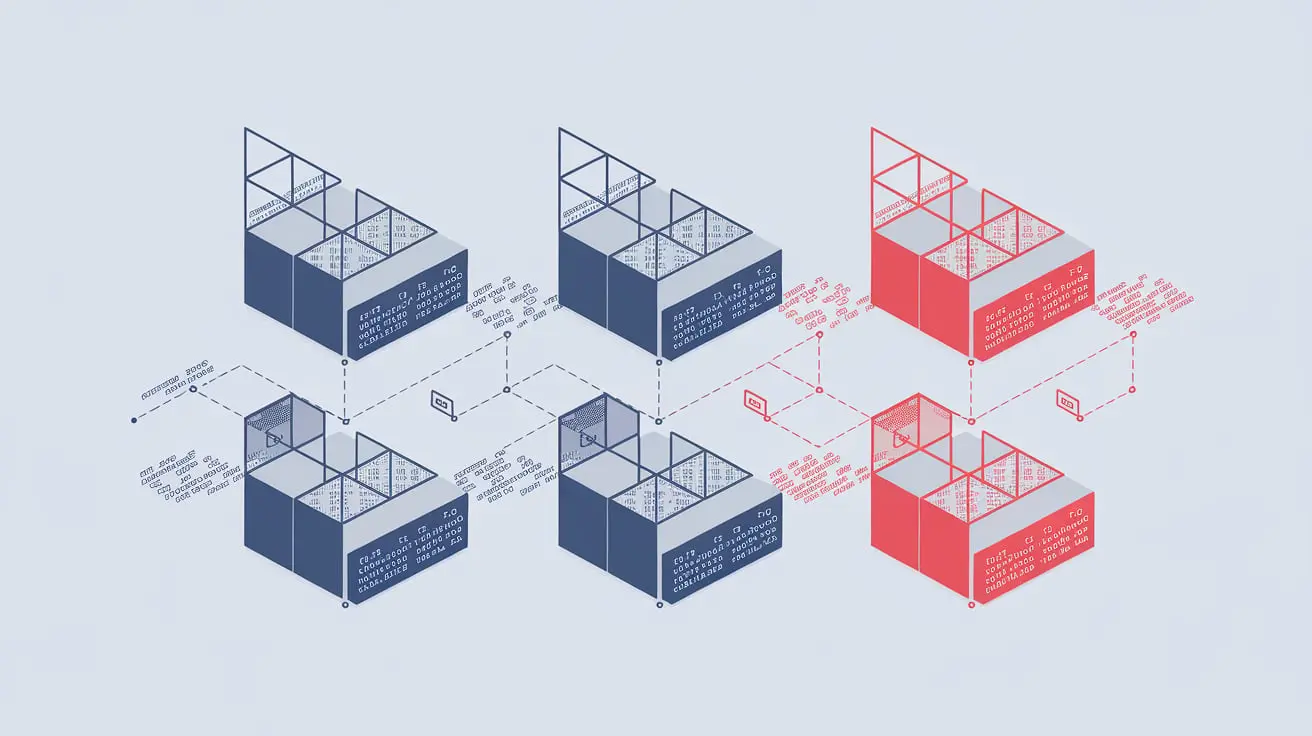FlinkFixedPartition Doesn’t Write to Some Partitions is a powerful stream processing framework known for its efficient data processing capabilities.
However, when working with FlinkFixedPartition, you might encounter a frustrating issue where data isn’t written to all partitions as expected.
Additionally, we’ll touch on some commonly asked questions related to stream processing tools like MyBatis 3.3.0 and even dive into some job interview tips to keep you prepared.
Along the way, we’ll reference related topics such as “WJMS counselors MC” and “Ms. Jerry Haggard AutoZone.”
What Is FlinkFixedPartition?
Before delving into the issue of missing partitions, let’s briefly discuss what FlinkFixedPartition is. In Apache Flink, data is processed across multiple partitions to enable parallelism and scalability.
The FlinkFixedPartition function ensures that records are sent to specific partitions based on key-based partitioning.
This allows for predictable distribution of data, ensuring that records with the same key are processed together.
The challenge arises when the partitioning logic fails, resulting in some partitions not receiving any data at all.
This can lead to incomplete processing and disrupted workflows, which can be problematic in production environments.
Common Causes of Missing Partition Writes
Now that you know what FlinkFixedPartition does, let’s discuss the reasons why “FlinkFixedPartition doesn’t write to some partitions.”
Several factors can cause this issue and understanding them can help you address the problem more effectively.
1. Incorrect Partitioning Logic
The most common cause of missing partitions is incorrect partitioning logic.
If your logic isn’t properly designed, Flink may fail to distribute records evenly across partitions, resulting in some partitions remaining empty.
Solution:
Review your partitioning logic carefully.
Ensure that it accounts for all possible partition keys and that it evenly distributes the data across available partitions.
2. Data Skew
Data skew occurs when the distribution of data across partitions is uneven.
This can happen if some partition keys appear more frequently than others.
As a result, some partitions receive more data than they can handle, while others receive little or none.
Solution:
To address data skew, you can try adjusting your partitioning logic to create a more balanced distribution of data.
Alternatively, consider using custom partitioning strategies to distribute data more evenly.
3. Flink Configuration Issues
Flink’s configuration settings can sometimes be the culprit behind missing partition writes.
If your configuration isn’t optimized, Flink may fail to distribute data properly across partitions.
Solution:
Review your Flink configuration settings, especially those related to parallelism and partitioning.
Ensure that your configuration aligns with your partitioning strategy and the expected data load.
4. Incorrect Key Mapping
If the keys used in your partitioning logic do not match the actual data, Flink might send records to the wrong partitions or skip partitions altogether.
Solution:
Double-check your key mapping and ensure that the partitioning logic accurately reflects the data structure.
Verify that keys are correctly assigned to their corresponding partitions.
5. Hardware or Resource Limitations
Sometimes, hardware limitations or resource constraints can cause Flink to fail to write data to all partitions. For example, if your system runs out of memory or CPU, some partitions may not receive any data.
Solution:
Monitor your system resources and ensure that your infrastructure can handle the data processing load. Consider scaling up your hardware or optimizing resource usage to avoid bottlenecks.
Troubleshooting Missing Partition Writes
If you’re facing issues where “FlinkFixedPartition doesn’t write to some partitions,” the following troubleshooting steps can help you identify and resolve the problem.
1. Review Logs and Metrics
The first step in troubleshooting is to review Flink’s logs and metrics. Check for any error messages, warnings, or anomalies that might indicate the root cause of the problem. Logs can provide valuable insights into what’s happening behind the scenes and help you pinpoint the issue.
2. Check Data Distribution
Next, examine the distribution of your data across partitions.
Are some partitions receiving significantly more or less data than others? If so, this could indicate a problem with your partitioning logic or data skew.
You can visualize the data distribution using monitoring tools or custom logging. This will help you understand how records are being assigned to partitions and whether any adjustments are needed.
3. Test with Sample Data
Testing with a smaller dataset can help you identify the problem without the complexity of large-scale data processing.
Run a few test cases with sample data to see if the issue persists. This can help you isolate the problem and determine whether it’s related to the partitioning logic, configuration, or data itself.
4. Optimize Partitioning Logic
Once you’ve identified the problem, you can start optimizing your partitioning logic. Ensure that the logic accounts for all possible partition keys and that it distributes records evenly across partitions. Test your changes with sample data to verify that the issue has been resolved.
5. Monitor and Adjust Configuration
After optimizing your partitioning logic, review your Flink configuration settings. Make sure that your configuration is aligned with your partitioning strategy and that it can handle the expected data load. Monitor your system resources to ensure that hardware limitations aren’t causing the problem.
WJMS Counselors MC: Supporting Your Troubleshooting Journey
While dealing with technical issues like FlinkFixedPartition, it’s essential to have the right support.
WJMS counselors MC is an excellent resource for those who need guidance during challenging times, including technical troubleshooting.
Whether you’re working through a complex coding problem or navigating a career transition, having access to skilled counselors can provide the mental and emotional support needed to stay focused and resilient.
Remember, technical troubleshooting can be mentally exhausting, and it’s okay to seek guidance when necessary.
Lean on your support network, whether through professional counseling or peer mentorship, to help you navigate these challenges.
MyBatis 3.3.0 Interview Questions and Answers: A Quick Guide
As you work through Flink issues, you might also be preparing for job interviews.
If you’re dealing with technologies like MyBatis 3.3.0, it’s essential to be ready for interview questions. Here are a few key questions and answers to help you prepare:
- What is MyBatis? MyBatis is a persistence framework that simplifies the process of working with relational databases in Java. It provides a flexible way to map SQL queries and results to Java objects.
- What are the advantages of using MyBatis? MyBatis allows for dynamic SQL generation, provides excellent support for complex queries, and is easier to configure compared to other ORM frameworks like Hibernate.
- How does MyBatis differ from Hibernate? MyBatis focuses on SQL and allows for more control over SQL queries, while Hibernate abstracts SQL into a higher-level object-oriented paradigm.
Being prepared for these and similar questions will help you excel in technical interviews, showing your expertise in MyBatis and related technologies.
Ms. Jerry Haggard AutoZone: A Story of Problem-Solving
When dealing with technical problems, it’s helpful to draw inspiration from real-life examples of problem-solving. One such example is Ms. Jerry Haggard from AutoZone.
Jerry Haggard is known for her exceptional troubleshooting skills and dedication to helping customers solve complex automotive issues.
Her ability to remain calm under pressure and approach problems methodically has earned her a stellar reputation at AutoZone.
Just like Ms. Haggard, when facing technical challenges such as “FlinkFixedPartition doesn’t write to some partitions,” it’s important to stay focused, gather all the necessary information, and approach the problem systematically.
Breaking down the issue into manageable steps, as outlined in this article, can help you resolve it efficiently.
Conclusion
When “FlinkFixedPartition doesn’t write to some partitions,” it can disrupt data processing and impact your entire workflow.
By understanding the common causes, optimizing your partitioning logic, and following a structured troubleshooting approach, you can resolve this issue effectively.
In addition to technical insights, this article also highlights the importance of mental support, job preparation, and real-life examples of problem-solving.
Whether you’re dealing with a technical glitch or preparing for an interview, taking a holistic approach can help you succeed in your endeavors.
With these strategies, you’ll be better equipped to tackle challenges like FlinkFixedPartition issues and excel in your professional journey.

